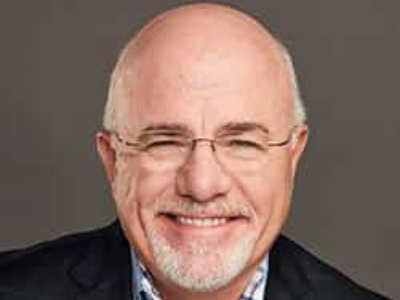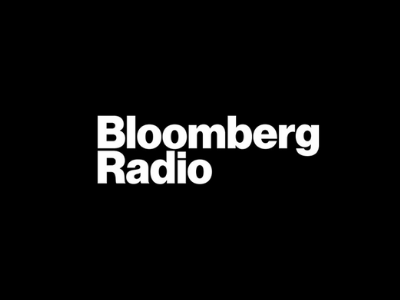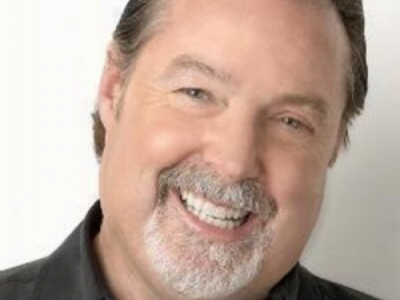Takeaways from Trump's federal law enforcement surge in DC as his emergency order is set to expire
News > Politics & Government News

Audio By Carbonatix
2:07 PM on Tuesday, September 9
By GARY FIELDS
WASHINGTON (AP) — One month after President Donald Trump's law enforcement surge in the nation's capital, there may be less crime. There are fewer guns on the streets and fewer homeless encampments, according to official figures. But for some who work or live in Washington, D.C., the operation has sparked fear and prompted a change in how they see their place in the United States — and how they think the United States sees them.
Without an extension by Congress, the 30-day emergency declaration issued by President Trump that federalized the district's police force expires Wednesday. The National Guard deployment continues, at least for now.
With Trump now setting his sights on Chicago and Baltimore, all eyes are on the District on Columbia and how it emerges from this unprecedented takeover.
Here are some takeaways from the emergency period:
The president has lauded his surge as a resounding success. But reality is less clear cut.
According to data released by the White House, there have been more than 2,100 arrests from August 7, when federal law enforcement began their deployment, through September 8.
The White House says those include 20 suspected gang members, including several from the MS-13 and Tren de Aragua groups. In addition, 222 firearms have been seized and 50 homeless encampments dismantled, according to the White House.
Metropolitan Police Department figures show that violent crime during the surge was down 39% from the same period last year, including a 53% drop in homicides, with seven during the surge, compared to 15 during the same timespan in 2024.
The roughly 2,000 guard members from D.C. and seven states have largely patrolled Metro stations and the main transit hub, Union Station, while occasionally cleaning up litter.
Brian Levin, professor emeritus of criminal justice at California State University, San Bernardino, said crime was already in decline according to a report issued in January by the U.S. Attorney’s Office for the District of Columbia. The surge likely intensified that, although it is hard to say by how much, he said.
“D.C. is one of the smaller cities in the United States. It’s easier to police,” Levin said. “This might not work elsewhere.”
For Trump, projecting a tough on crime image may be helping him politically, at least for the moment. His overall approval rating increased slightly, from 40% in July to 45% a month later, according to an AP-NORC poll from late August, at a time when 81% of Americans see crime as a “major problem” in large cities.
Mayor Muriel Bowser has mostly avoided the kind of biting rhetoric and personal attacks against the president that has been typical of other high-profile Democratic leaders.
Instead, she cooperated with the administration’s efforts, including having MPD officers work more closely with federal immigration agents, as Trump has demanded. Last week, in a nod to continued collaboration, she issued an order to continue the work of an emergency operations center the city set up in response to the federal law enforcement surge.
She also backed up the administration's claims on the success of the surge. Bowser said crime was falling before Trump issued the emergency order. But she acknowledged the federal surge had a “significant” impact on crime.
Speaking at a press conference on Aug. 27, the mayor said that carjackings were down 87% since the same 20-day period last year.
“We know that when carjackings go down, when use of guns goes down, when homicide or robbery go down, neighborhoods feel safer and are safer. So, this surge has been important to us for that reason.”
Her approach is a stark contrast to other, more oppositional Democratic leaders in Chicago or L.A. It highlights how much D.C. is subject to the whims of the federal government. The district is granted autonomy through a limited home rule agreement passed in 1973 but federal political leaders retain significant control over local affairs, including the approval of the budget and laws passed by the D.C council. Republicans, who control both chambers, have already frozen more than $1 billion in local spending, slashing the city’s budget in the middle of the financial year.
City council members, however, have shown less restraint, and were fiercely critical of the surge. Last week, the district, led by its elected attorney general, asked a federal court to intervene in the takeover, which it called a “forced military occupation.”
If, as anticipated, the emergency is not extended by Congress, the MPD will no longer be under the president’s authority and participating in federal operations, like immigration roundups.
“The MPD is not compelled to provide MPD services as directed by the president. That’s what changes,” Bowser said on Monday. “Shooting somebody? Still illegal. Committing carjackings? Still illegal. Stealing from stores? Still illegal. That won’t change on September 11. It will be illegal.”
In practical terms, what citizens see might not change much. D.C. guard members’ orders have been extended through December, and they are under the president’s direct command, unlike in the states where governors command their National Guard contingents. Georgia's Republican Gov. Brian Kemp said he plans to send another 300 guard members to D.C. in the coming weeks to support law enforcement.
Asked about future plans, a White House spokeswoman said the details of the continued law enforcement involvement “are subject to change to meet law enforcement needs as the operation continues.”
James Nolan, professor of sociology at West Virginia University, said it remained to be seen whether the influx of law enforcement is sustainable or addresses underlying problems.
“Things that are related to crime are also related to physical and mental and emotional health issues,” he said. If only aggressive policing is used, it most likely will bring frustration and conflict between the community and law enforcement, he said.
The takeover, with uniformed and armed Guardsmen patrolling Metro stations, tourist sites and neighborhoods, unnerved many residents. In one storied D.C. neighborhood with a traditionally high crime rate, residents felt they wanted more law enforcement, but not the kind Trump had deployed, especially as it came with the use of masked ICE officers taking people into custody.
“What relationships do we have to repair once this surge is over?" asked senior police commander Jaron Hickman.
At a protest Saturday against the surge that drew thousands, two women, both immigrants, said fear stemming from the surge was alienating the community.
Laura, 43, who migrated from Mexico 25 years ago, said she has encountered immigration enforcement officers three times in the past month, most recently at a checkpoint on one of the city’s main thoroughfares, New York Avenue. A restaurant worker, she said avoided them by taking a side street.
Guadalupe, 49, who like Laura, did not want to share her last name or be photographed out of fear of retribution, said she tried to get her grown children to come to the protest but they were wary. “They are American but they have Latino faces,” she said, adding that she came to the U.S. from El Salvador when she was 18.
“I’m legal in this country, but still I'm a scared because I have a Latino face,” she said. “I feel we don’t have any rights in this country anymore.”










